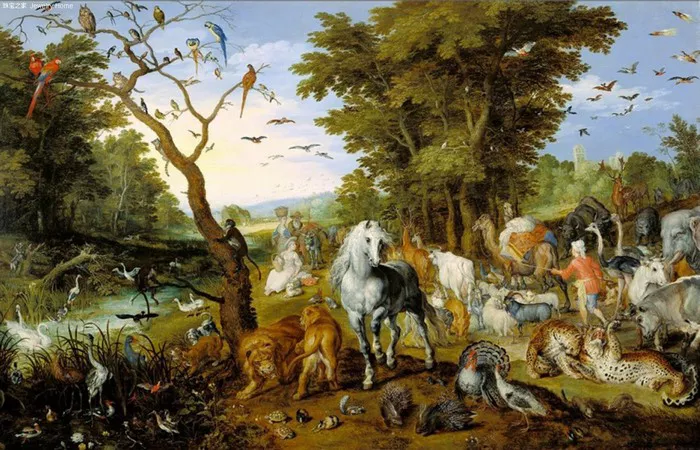Throughout the pages of the Bible, various symbols and imagery are employed to convey profound spiritual truths. Among these symbols, the white horse stands out as a potent emblem with rich significance. This article seeks to delve into the multifaceted symbolism of the white horse in the Bible, exploring its appearances, contexts, and interpretations across different passages.
Historical and Cultural Context
Before delving into specific biblical references, it’s essential to understand the cultural and historical context surrounding the imagery of the white horse. In ancient times, horses held significant cultural and military importance. They were symbols of strength, swiftness, and power. White horses, in particular, were rare and often associated with nobility, purity, and victory. These connotations provide a backdrop for understanding the symbolic significance of the white horse in biblical narratives.
The White Horse in Revelation
One of the most notable appearances of the white horse in the Bible is found in the Book of Revelation, the final book of the New Testament. In Revelation 6:2, we encounter a vision of a rider on a white horse:
“And I looked, and behold, a white horse! And its rider had a bow, and a crown was given to him, and he came out conquering, and to conquer.”
This passage is part of a series of visions known as the Four Horsemen of the Apocalypse, each representing different aspects of divine judgment and the end times. The rider on the white horse is commonly interpreted as symbolizing conquest, victory, or the spread of the gospel message. The imagery of the white horse aligns with its traditional associations of purity and triumph.
Interpretations and Debate
Interpreting the symbolism of the white horse in Revelation has been a subject of debate among theologians and scholars throughout history. Some interpret the rider as representing the victorious spread of Christianity, while others see it as symbolizing false prophets or deceptive ideologies. The presence of the bow, for example, has led some to associate the rider with warfare or militaristic conquest.
Additionally, the fact that the rider is followed by the other three horsemen, representing war, famine, and death, suggests a connection to broader themes of judgment and divine intervention in human affairs. Understanding the symbolism of the white horse requires careful consideration of its context within the larger narrative of Revelation and the theological frameworks of the interpreter.
Other References to White Horses
While the white horse in Revelation is perhaps the most famous biblical reference, it is not the only mention of white horses in the Bible. In the Old Testament, for instance, white horses are described as part of royal processions (Song of Solomon 3:10) and symbolic of divine intervention (Zechariah 1:8; 6:3). In Zechariah’s vision, four chariots led by different colored horses represent divine judgments, with the first group being white horses.
In the New Testament, apart from Revelation, white horses are also mentioned in the context of eschatological imagery. In Revelation 19:11-16, we encounter another vision of a rider on a white horse, this time identified explicitly as Jesus Christ:
“Then I saw heaven opened, and behold, a white horse! The one sitting on it is called Faithful and True, and in righteousness he judges and makes war.
Here, the white horse symbolizes the purity, righteousness, and victorious authority of Christ as he returns in glory to establish his reign. This passage contrasts with the earlier depiction in Revelation 6, where the rider is seen as a harbinger of judgment.
Symbolism Beyond Literal Interpretation
Beyond their literal meaning within the biblical text, the symbolism of white horses carries broader spiritual significance for believers. The white horse can represent purity of heart, victory over sin and death, and the triumphant return of Christ. It serves as a reminder of God‘s sovereignty, faithfulness, and ultimate triumph over evil.
Moreover, the imagery of the white horse challenges believers to reflect on their own lives and actions. Are we aligning ourselves with the conquering power of Christ, spreading his gospel and advancing his kingdom? Or are we succumbing to the false promises of worldly ideologies and false prophets?
Conclusion
In conclusion, the white horse in the Bible emerges as a powerful symbol laden with layers of meaning and interpretation. From its portrayal in Revelation as a harbinger of conquest and divine judgment to its associations with purity and victory in other passages, the white horse invites believers to contemplate the profound mysteries of faith and eschatology.
As we engage with these biblical images, may we be inspired to pursue righteousness, to proclaim the gospel boldly, and to await with hope the triumphant return of our Lord and Savior, Jesus Christ, who rides upon the white horse as the ultimate victor over sin and death.


